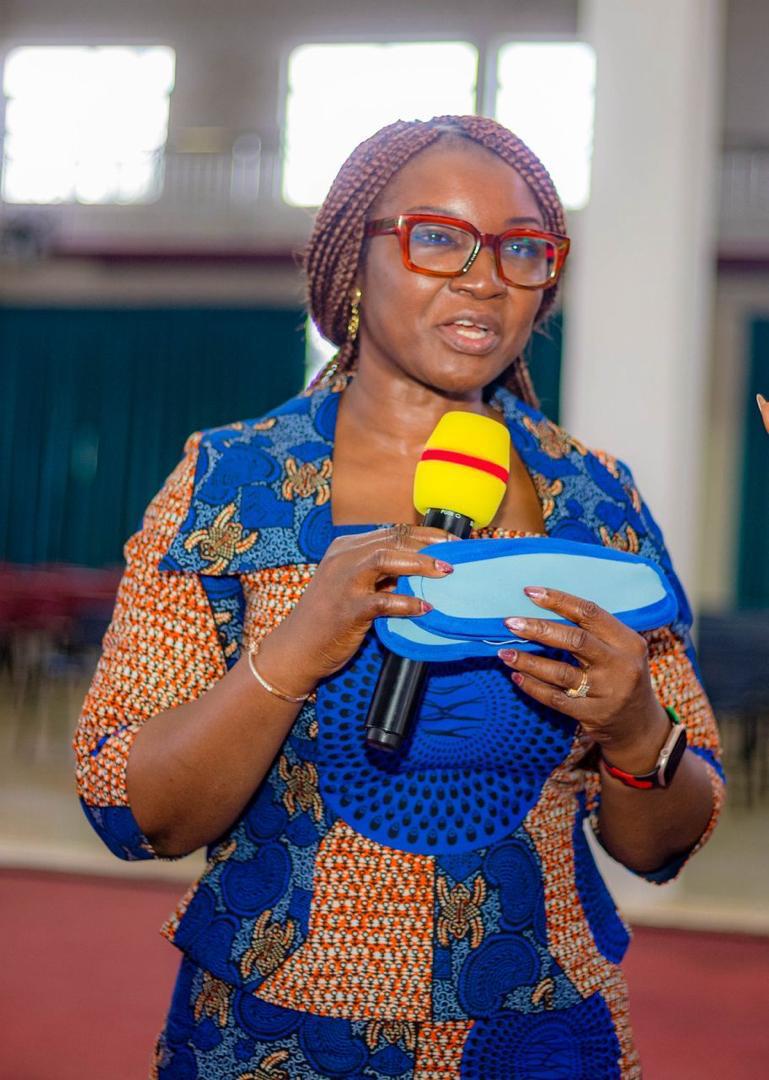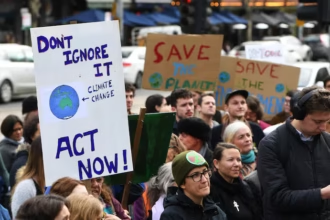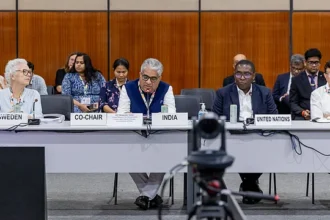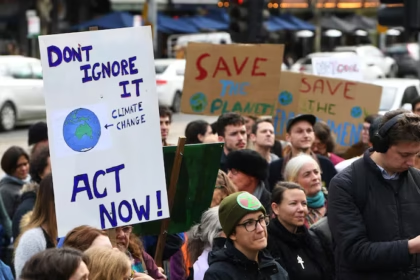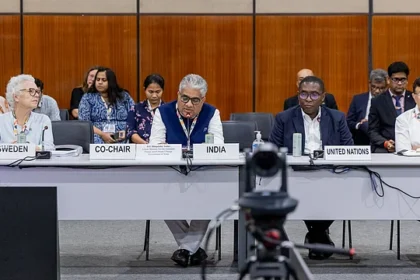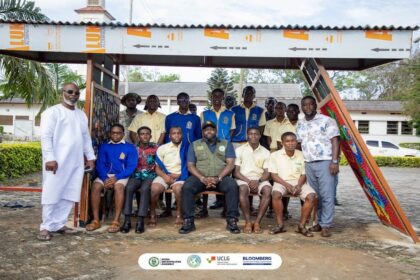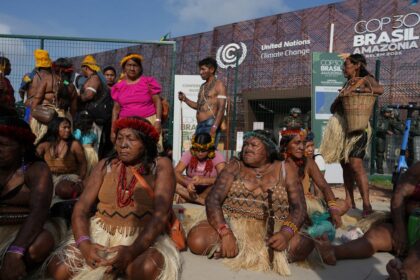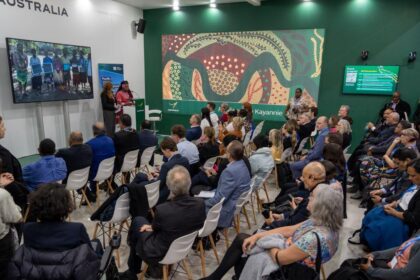At Grace Congregation Presbyterian Church, Akropong, Joyce Bawah Mogtari launched the Pure Pad pilot to cut costs for families, improve attendance, and create steady work for local tailors.
Akropong, Ghana — Landfills2Landmarks has opened a community line to make reusable sanitary pads from approved textile offcuts, aiming to cut household costs, keep girls in school, and provide paid work for local women.
Speaking in the main church auditorium, Board Chair Joyce Bawah Mogtari, who also serves as Special Aide to the President, John Dramani Mahama, said the project supports government efforts to widen access. She noted that the 2024 budget set aside GHS 922 million for free sanitary pads and said a durable washable option can stretch that support further, especially in rural districts where girls miss lessons during their periods.
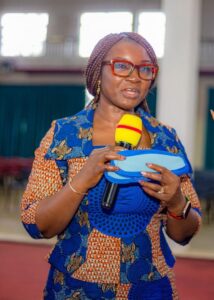
Samuel Ofori Gyampoh, cofounder of Landfills2Landmarks, set out partner roles in the three-layer pad: a cotton layer supplied by GTP, a towel layer provided by SAIT Recycling with support from Textile Recycling International, and a waterproof layer funded by Landfills2Landmarks, where added backing is still needed. Jane Savage of Amor Europe, the project lead for Pure Pad, thanked hosts and linked the model to their water, sanitation and hygiene work, and will lead deployment through the pilot, working with the monitoring and evaluation team and relevant authorities on product standardisation.
Akuapem North MP Sammi Awuku attended the launch and welcomed the pilot for a constituency with more than 70 junior high schools, 9 senior high schools, and 4 special schools.
He pledged three sewing machines, personal financial support, and future backing from his Common Fund. The Queen Mother of Akropong offered full support.
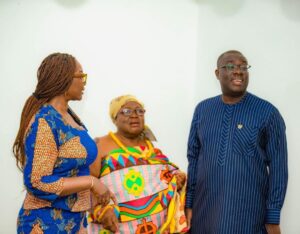
After the speeches, guests joined a sod cutting at the new production room provided by the church, where teams walked through the making, washing and care steps that families will follow. Findings from the pilot will inform an industrial scale factory plan to be established within 12 months of the pilot.
Source: www.climatewatchonline.com

